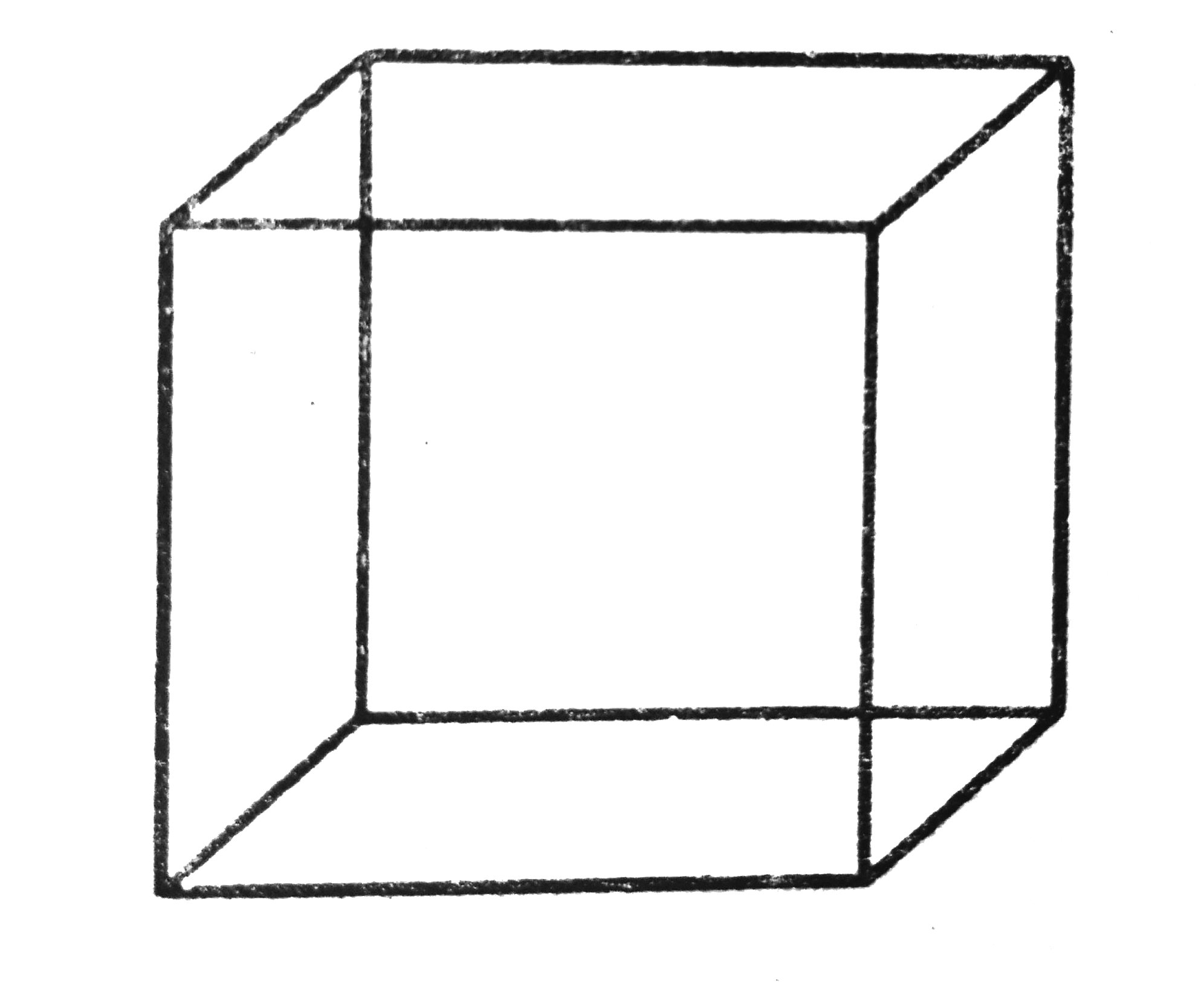A cubical box of volume 216cm3 is made up of 0.1cmthickw∞d,The∈sisheatede≤ctricallyby100Wheater.Itisfoundtˆthetemperatured⇔erencebetweenthe∈sandtheoutssurface5^(@)C . In steady state . Assuming that the entire electrically energy spent appears as heat, find the thermal conductivity of the material of the box.
The correct Answer is:A, B, C
V=216cm3,a=6cm,<br>Surfacearea=6 a^(2)=6xx36xx10^(-4) m^(2)<br>l=0.1cm<br>(Q)/(T)=(kA(T_1-T_2))/(l)<br>⇒100=k×6×36×10−4×50.1×10−2
⇒100=k×6×36×10−1×5
⇒k=1006×36×5×10−1
=100×106×36×5
=0.9259w/m∘C.

Topper's Solved these Questions
- HEAT TRANSFERBOOK - HC VERMACHAPTER - HEAT TRANSFEREXERCISE - EXERCIESE
1 Video
- HEAT TRANSFERBOOK - HC VERMACHAPTER - HEAT TRANSFEREXERCISE - Objective 2
6 Videos
- HEAT AND TEMPERATUREBOOK - HC VERMACHAPTER - HEAT AND TEMPERATUREEXERCISE - Exercise
4 Videos
- INTRODUCTION TO PHYSICSBOOK - HC VERMACHAPTER - INTRODUCTION TO PHYSICSEXERCISE - Exercises
19 Videos
Similar Questions
A 100 W heater is placed in a cubical container of edge length 6×10−2m. The wall thick ness of the container is 1 mm. If inside and outside temperature in steady state are 30∘C. and 25∘C, find the thermal conductivity of the material of the box.
View SolutionA cylindrical metallic pipe is 14 cm long. The difference between the outside and inside surface is 44cm2. If the pipe is made up of 99 cubic cm of metal, find the outer and inner radii of the pipe.
View Solution
Knowledge Check
1.56×105J of heat is conducted through is 2m2 wall of 12 cm thick in one hour. Temperature difference between the two sides of the wall is 20∘C. The thermal conductivity of the material of the wall is (in Wm−1K−1)
A0.11B0.13C0.15D1.2A sheet of styrofoam of thickness 2 cm and area 0.1m2 has a temperature difference of 30∘C between its inner and outer surfaces. Considering thermal conductivity as 0.01 J/s m K, the rate of heat flow through the sheet is
A2.0 J/sB1.5 J/sC1.0 J/sD1.0 J/sThe thickness of a metallic plate is 0.4 cm. The temperature between its two surfaces is 20∘C. The quantity of heat flowing per second is 50 calories from 5cm2 area. In CGS system, the coefficient of thermal conductivity will be
A0.4B0.6C0.2D0.5
The temperature of the filament of 100−watt lamp is 4000∘C in the steady state and the radius of the glass bulb is 4 cm and the thickness of the wall is 0.4mm. Assuming that there is no convection, calculate the thermal conductivity of glass. The temperature of the outside air is 27∘C.
View SolutionHeat is supplied to a slab of cork, 5cm thick and of 2m2 by a heating coil spread over its surface. When the current in the coil is 1.18 A and the potential difference across its end is 20 V, the steady temperatures of the faces of the slab are 12.5∘C and 0∘C. Assuming that the whole of the heat developed in the coil is conducted through the slab, calculate the thermal conductivity of the cork.
View SolutionOne mode of an ideal monatomic gas is kept in a rigid vessel. The vessel is kept inside a steam chamber whose temperature is 97∘C . Initially, the temperature of the gas is 5.0∘C . The walls of the vessel have an inner surface of area 800cm2 and thickness 1.0cm If the temperature of the gas increases to 9.0∘C in 0.5 second, find the thermal conductivity of the material of the walls.
View SolutionThe plane wall of an oven is of thickness L = 0.05 m and is exposed to the surrounding at 300 K. The outer surface of the oven exposed to the surrounding is at temperature 320 K in steady state. The energy radiated (In W/m2) by outer surface is proportional to the temperature difference between the surface and the surrounding, with proportionality constant 20W/m2K. What is the temperature of inner surface of the oven in steady state if the wall has a thermal conductivity of K = 0.5 W/mK
View SolutionA point source of heat of power P is placed at the centre of a thin spherical shell of a mean radius R. The material of the shell has thermal conductivity K. Calculate the thickness of the shell if the temperature difference between the outer and inner surfaces of the shell in steady - state is T.
View Solution